In the rapidly evolving landscape of modern commerce, sales prediction stands as a crucial tool for small businesses striving to maintain a competitive edge. Understanding and forecasting sales trends can empower business owners to make informed decisions, optimize inventory, and enhance customer satisfaction. In this comprehensive guide, we will explore effective strategies and best practices for accurate sales prediction tailored specifically for small businesses.

Understanding Sales Prediction
Sales prediction involves using historical data, market analysis, and statistical models to forecast future sales performance. Accurate sales prediction can help small businesses manage resources efficiently, avoid overstocking or stockouts, and plan marketing strategies more effectively.
The Importance of Accurate Sales Prediction
For small businesses, accurate sales prediction is more than just a forecasting tool; it is a strategic necessity. It aids in:
- Inventory Management: Prevents overstocking and stockouts.
- Resource Allocation: Ensures optimal use of financial and human resources.
- Strategic Planning: Facilitates long-term business planning and goal setting.
- Customer Satisfaction: Enhances the ability to meet customer demand promptly.
Data Collection and Analysis
Gathering Historical Data
To predict future sales accurately, it is essential to collect comprehensive historical sales data. This includes:
- Sales Figures: Monthly, quarterly, and yearly sales data.
- Customer Data: Information on purchase behavior, preferences, and demographics.
- Market Trends: Insights into industry trends and market dynamics.
Analyzing Historical Data
Once the data is collected, the next step is to analyze it. Key analysis techniques include:
- Time Series Analysis: Identifying patterns and trends over time.
- Regression Analysis: Determining the relationship between sales and influencing factors.
- Seasonality Analysis: Understanding seasonal fluctuations and their impact on sales.
Leveraging Technology for Sales Prediction
Sales Prediction Software
Investing in advanced sales prediction software can significantly enhance forecasting accuracy. These tools utilize sophisticated algorithms and machine learning to analyze data and predict sales trends. Popular options include:
- Salesforce Analytics: Provides robust analytics and predictive insights.
- HubSpot Sales Hub: Offers predictive lead scoring and sales forecasting.
- Zoho CRM: Features AI-powered sales forecasting tools.
Implementing AI and Machine Learning
Artificial Intelligence (AI) and Machine Learning (ML) have revolutionized sales prediction. By analyzing large datasets and identifying complex patterns, AI and ML can provide highly accurate sales forecasts. Benefits include:
- Improved Accuracy: Reduced errors in sales forecasts.
- Real-Time Insights: Continuous updates based on real-time data.
- Scalability: Ability to handle vast amounts of data efficiently.

Best Practices for Sales Prediction
Utilize Multiple Data Sources
Relying on a single data source can limit the accuracy of sales predictions. Combining data from various sources, such as sales transactions, market research, and social media trends, can provide a more comprehensive view.
Monitor and Adjust Predictions Regularly
Sales prediction is not a one-time task. Regular monitoring and adjustments are crucial to account for changing market conditions, consumer behavior, and external factors. Implementing a feedback loop helps refine prediction models continuously.
Also Read: Effective Methods for Sales Prediction
Incorporate Qualitative Insights
While quantitative data is essential, qualitative insights from customer feedback, industry reports, and expert opinions can add valuable context to sales predictions. Balancing both types of data leads to more robust forecasts.
Train Your Team
Ensuring that your team understands and utilizes sales prediction tools effectively is vital. Providing training and resources can empower employees to make data-driven decisions and contribute to accurate sales forecasting.
Also Read: Benefits of Using Geospatial Data in Analytics
In conclusion, sales prediction is a vital component for the success of small businesses. By understanding its importance, leveraging technology, and implementing best practices, small business owners can enhance their ability to forecast sales accurately. This leads to better inventory management, efficient resource allocation, and improved customer satisfaction.


